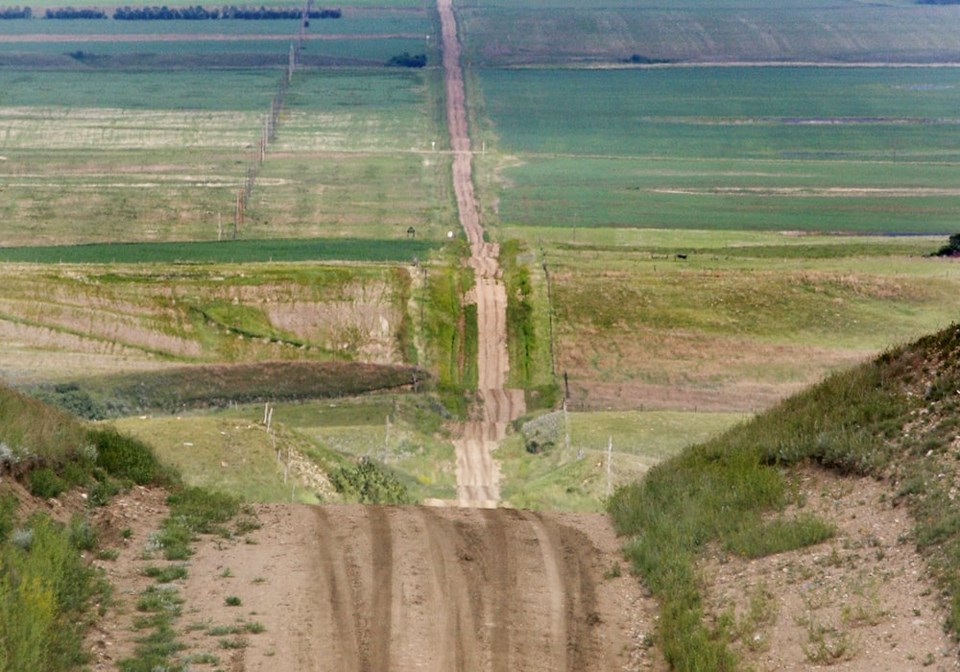SWIFT CURRENT, Sask. — Escalating land prices mean cattle producers must pay attention to the productivity of their forage stands.
University of Saskatchewan economic researcher Kathy Larson said land prices in southwestern Saskatchewan have quadrupled in the last 10 years.
The price per acre was $321 in 1996, rose to $506 in 2011 and in 2021 was pegged at $2,000.
“If you do the numbers on that…your principal and interest payments would be about $115 an acre, at five percent on a 25-year loan,” she said. “My point is that you really need to see forage productivity in a forage stand given the cost of it.”
Yield data gathered by Statistics Canada have shown declines in forage yields while cash crop yields are rising.
According to the Saskatchewan Forage Council market report released each fall, the 10-year average for brome alfalfa hay is slightly less than 1.2 tons per acre, said Larson. Older stands play a role in the lower averages, she said.
Yet surveys show that pasture and forage rejuvenation is not always top of mind.
A 2014 western Canadian survey asked when producers would rejuvenate their forages. Larson said 40 percent replied that their stands were at least 11 years old.
“Then we had at least a third of them saying, ‘I never rejuvenate,’ ” she said.
Some could be properly managing their stands, have added a legume, and the yield and composition are good.
But others may need to replenish the nutrients removed through haying or grazing to improve their yields, particularly since forages often get pushed onto lower productivity soils.
The grazing rule-of-thumb for tame hay is to remove between 50 and 75 percent of the forage, while only 25 to 50 percent on native grass.
“Are you doing proper rest and rotation?” she said, because that also impacts productivity.
Larson examined the economics of three rejuvenation methods on crested wheat grass: fertilization, break and re-seed and sod-seeding.
Adding nitrogen fertilizer is an attractive option because no grazing time is lost. Break and re-seed involves the use of equipment producers might not have, the risk of erosion and bringing weed seeds to life and disrupting wildlife habitat. However, it does allow a producer to change the forage mixture.
Sod-seeding includes setting back existing strips of forage with glyphosate and then seeding.
Larson’s calculations used expected yield increases and a forage market value of two cents per pound and found the net present value of each method.
Doing nothing had a net present value of $56.71 per acre, compared to $42.01 for fertilization, $2.40 for break and re-seed, and $58.19 to sod-seed alfalfa.
“The cheapest was the sod-seeding, then we came in with the nitrogen fertilization and the breaking and re-seeding was the most expensive,” Larson said in an interview. “It’s not too surprising to see then that on the net present value basis the breaking and re-seeding was the least profitable (and) sod seeding was the one that did the best compared to doing nothing.”
Larson said “there are many moving parts” to figuring out which method is best, depending on soil zone, yields, management and expectations.
Producers can use the economics of fertilizer calculator available on the Saskatchewan agriculture site to plug in their own numbers and figure out which works best for them.
University of Saskatchewan animal science professor Greg Penner said there is concern that if producers do nothing then perennial forages will be lost.
Declining yields and the lure of strong canola prices make conversion an ongoing threat.
Provincial forage specialist Dale Risula said more variety development work on forage yields would be helpful. He also said grain producers should consider the value of forages in their rotations to help break disease cycles in the cereals, oilseeds and pulse rotation.
“We used to have forages in our rotations,” he said, and the ministry published the value of that. “That value, we’ve lost sight of that. Those diseases need to be spread out further.”




